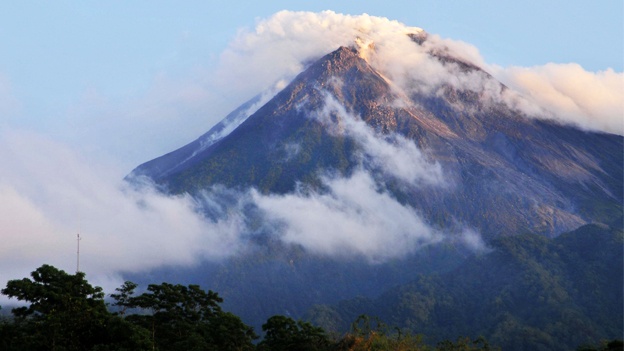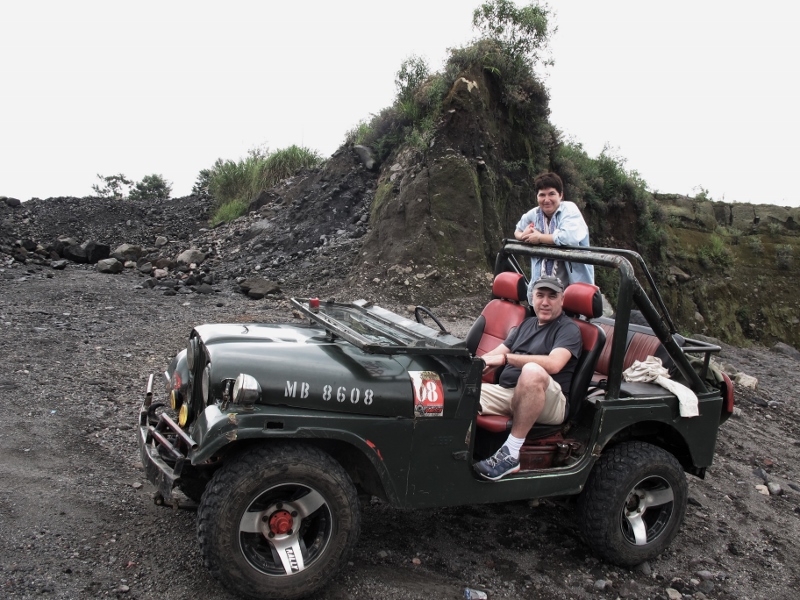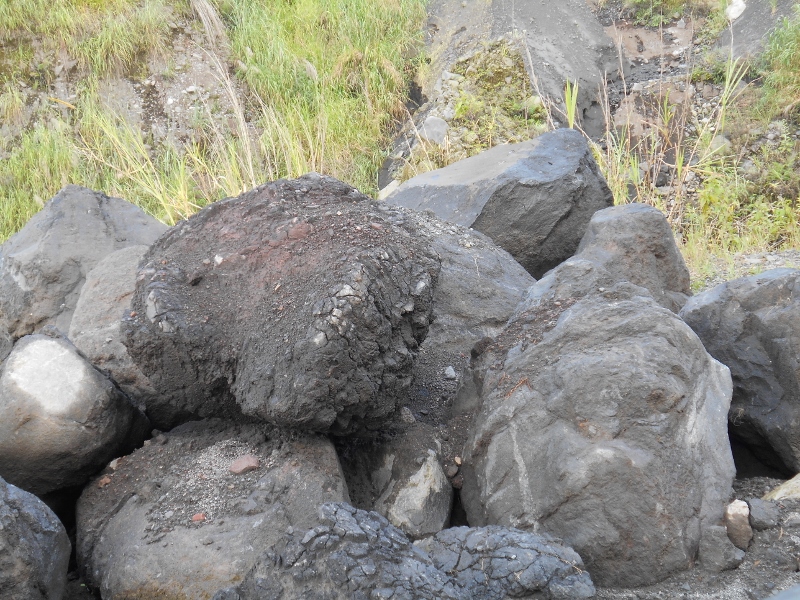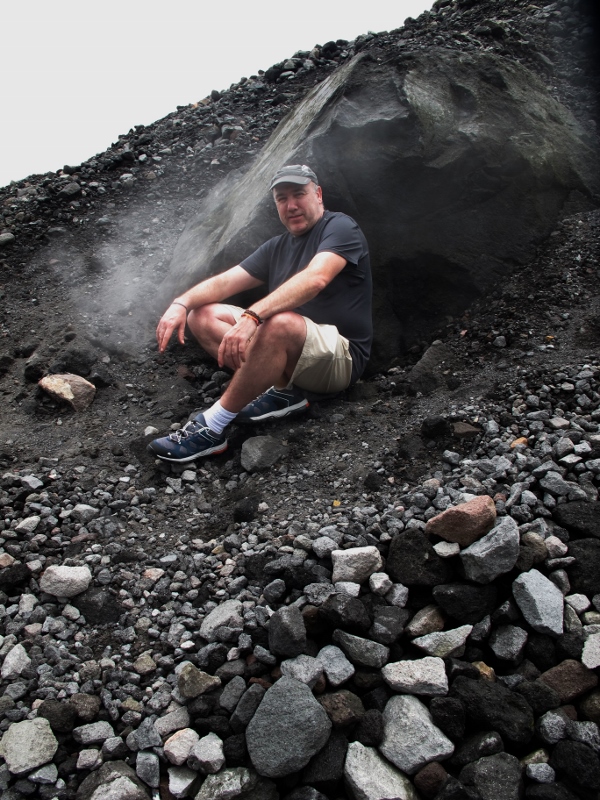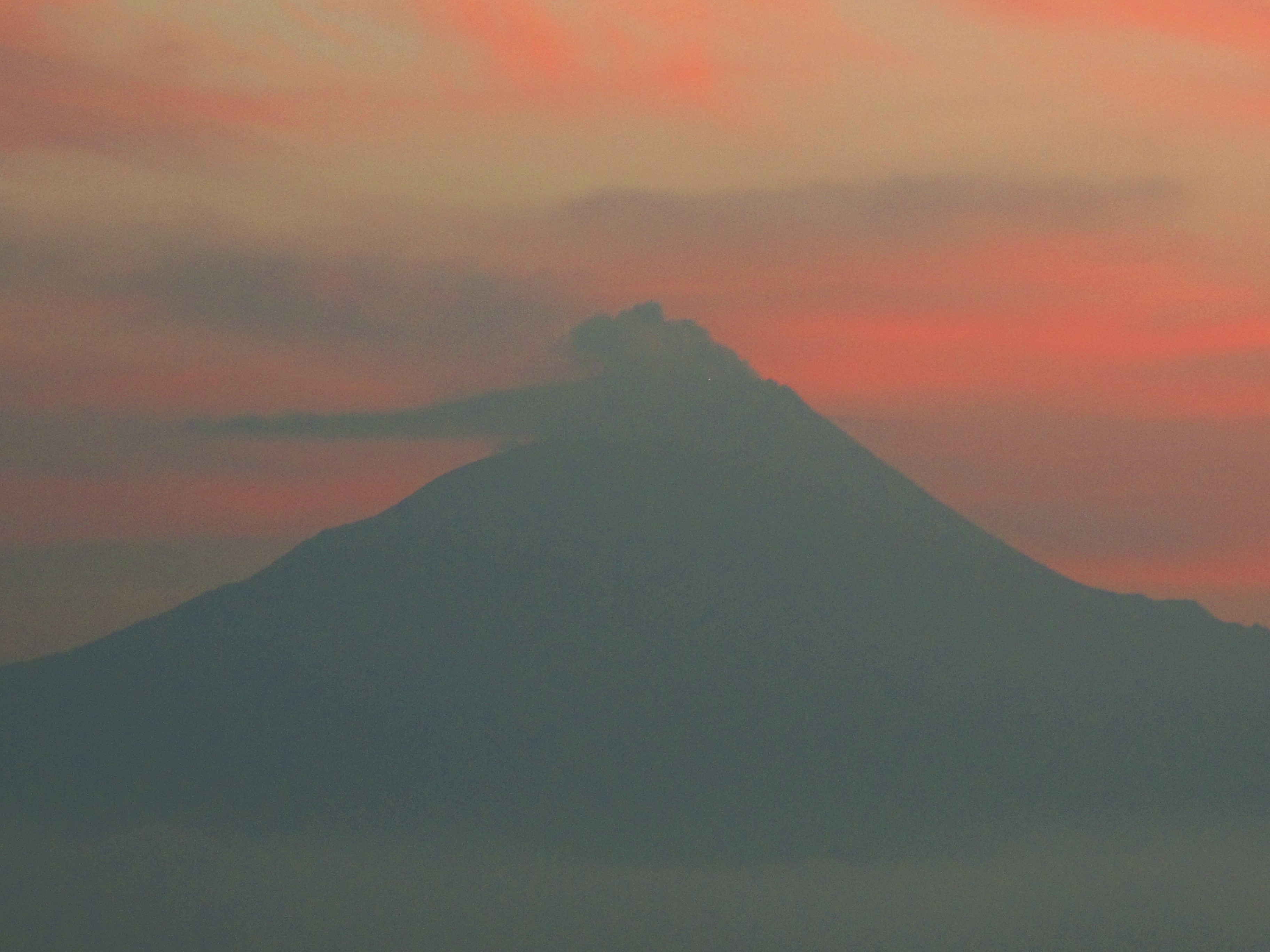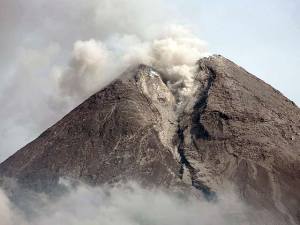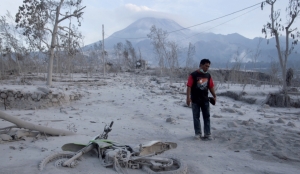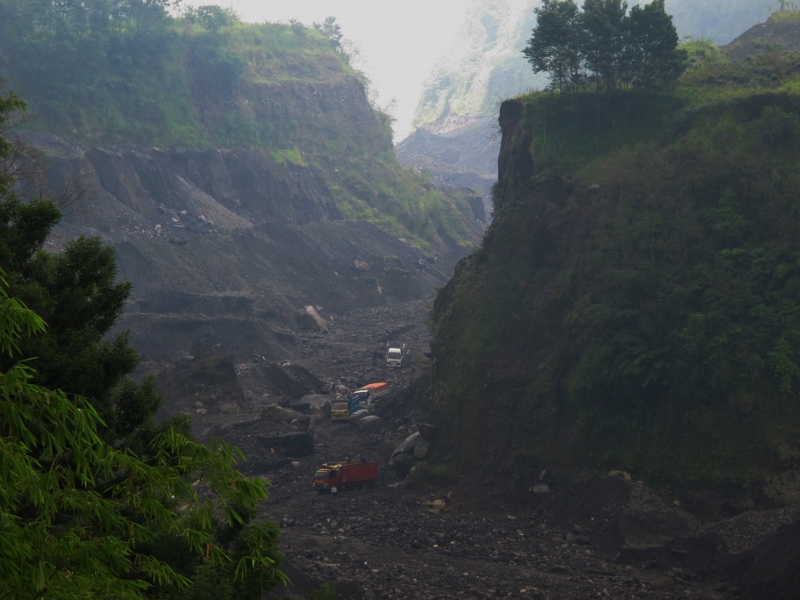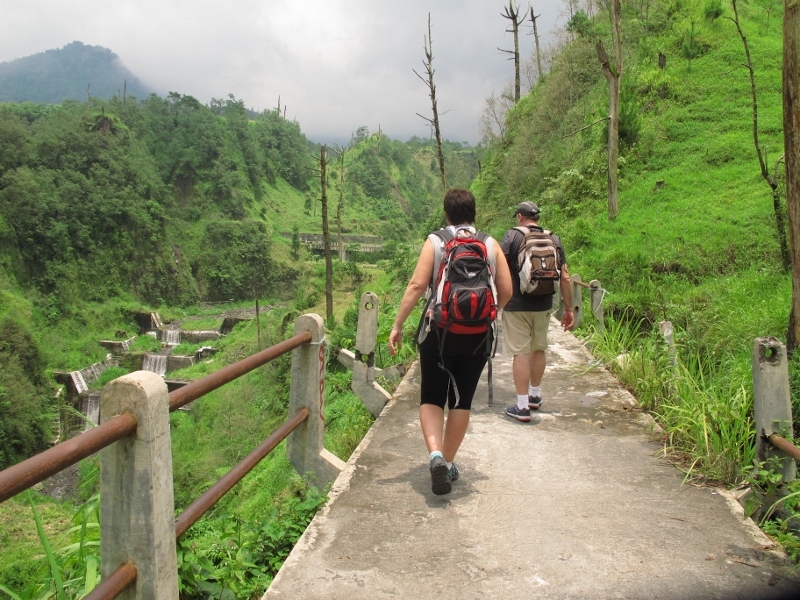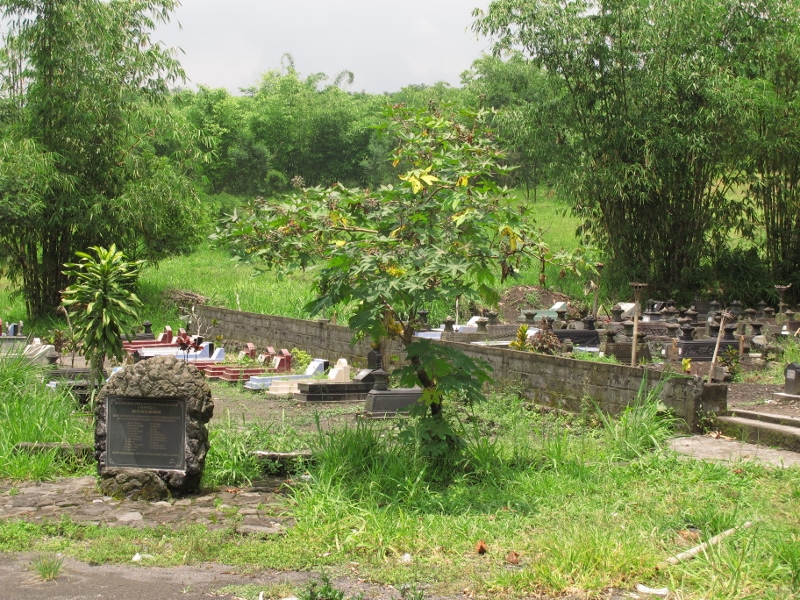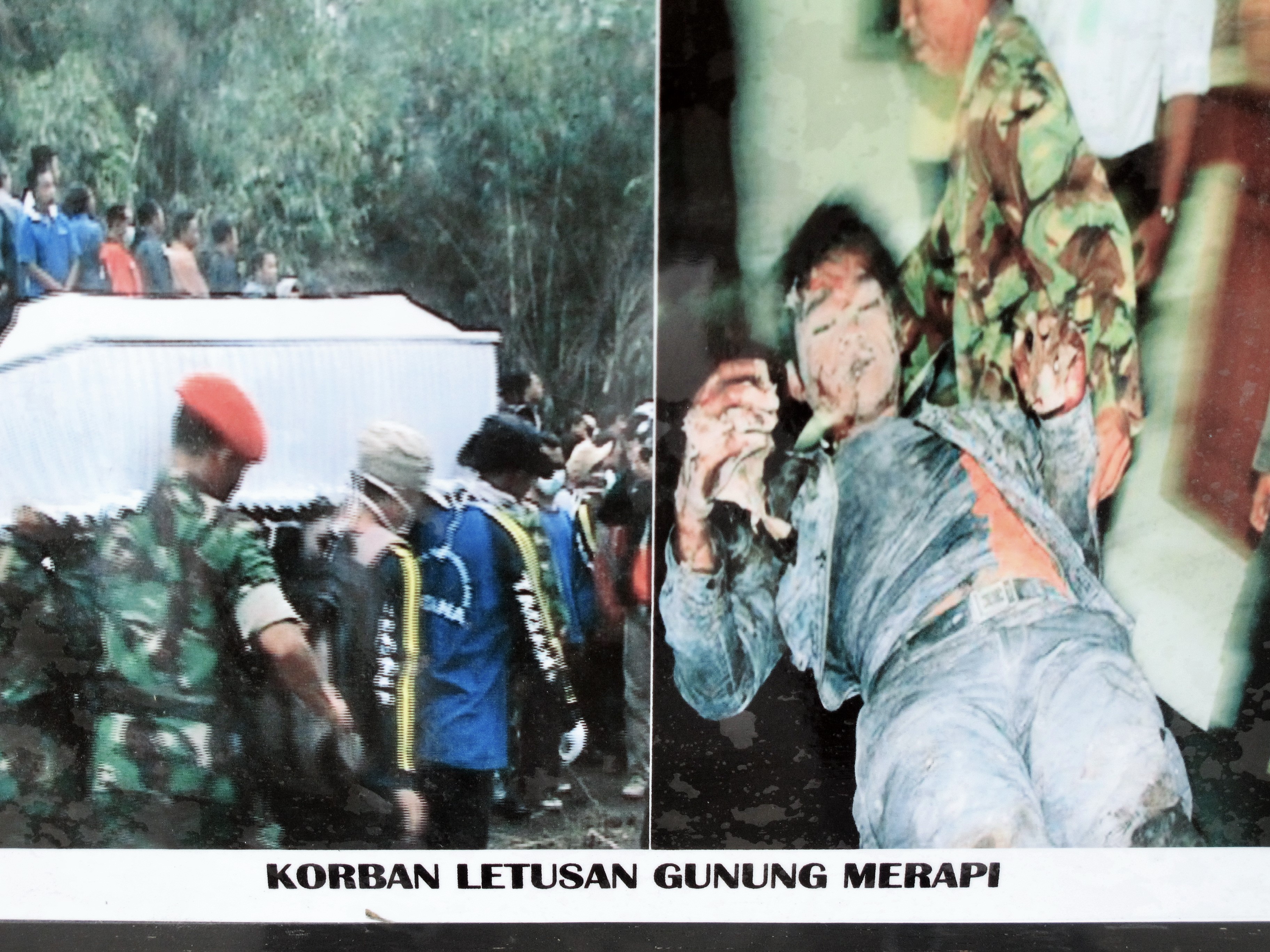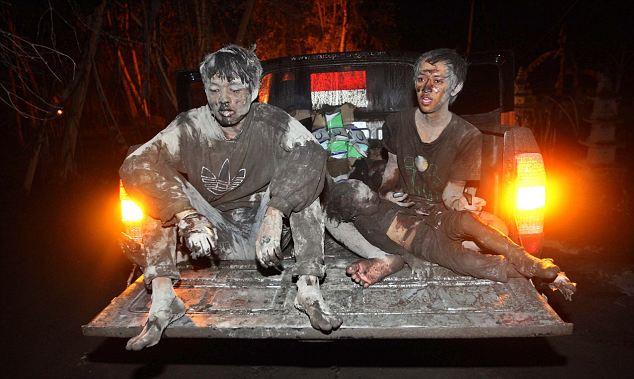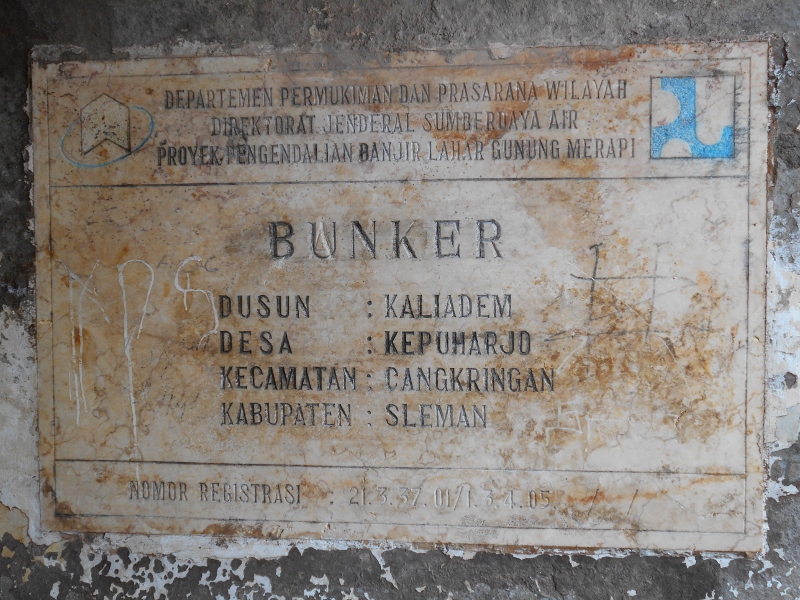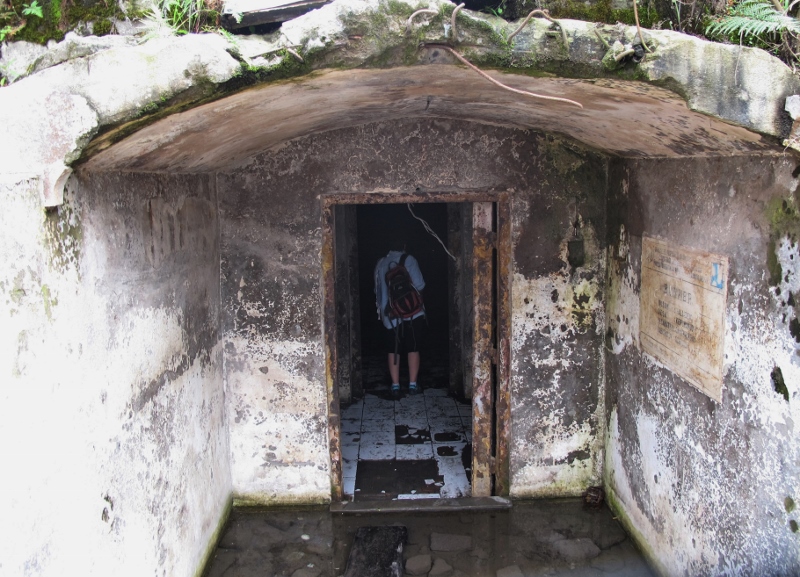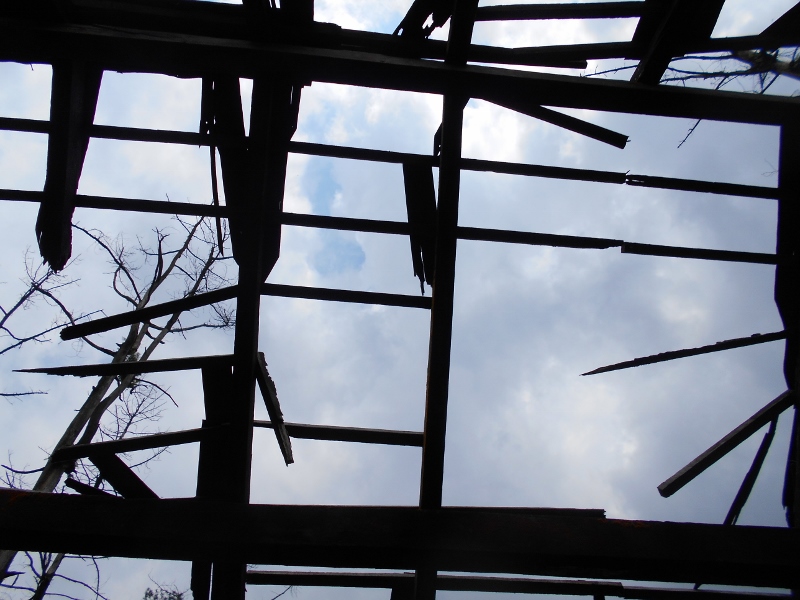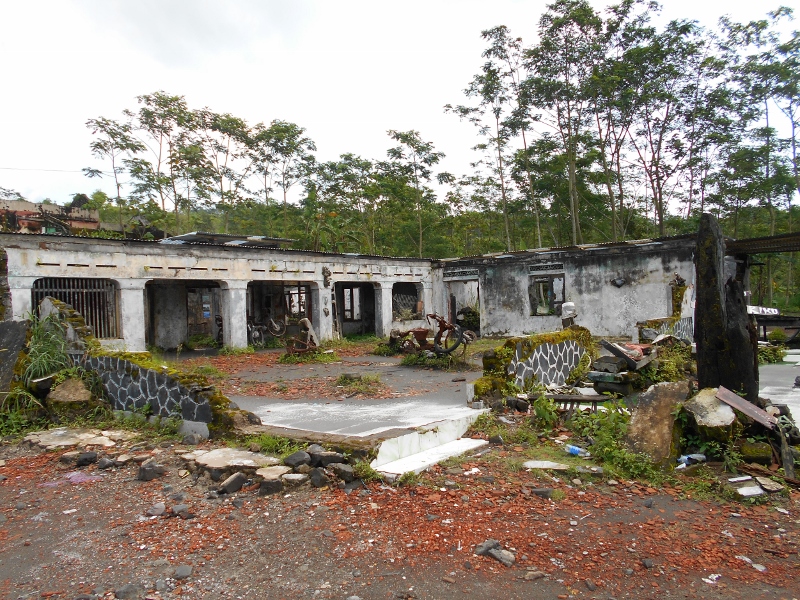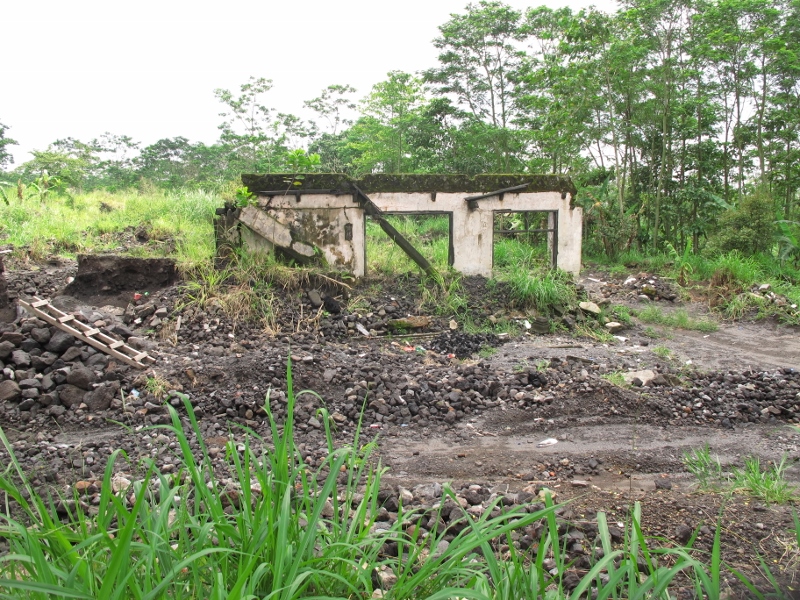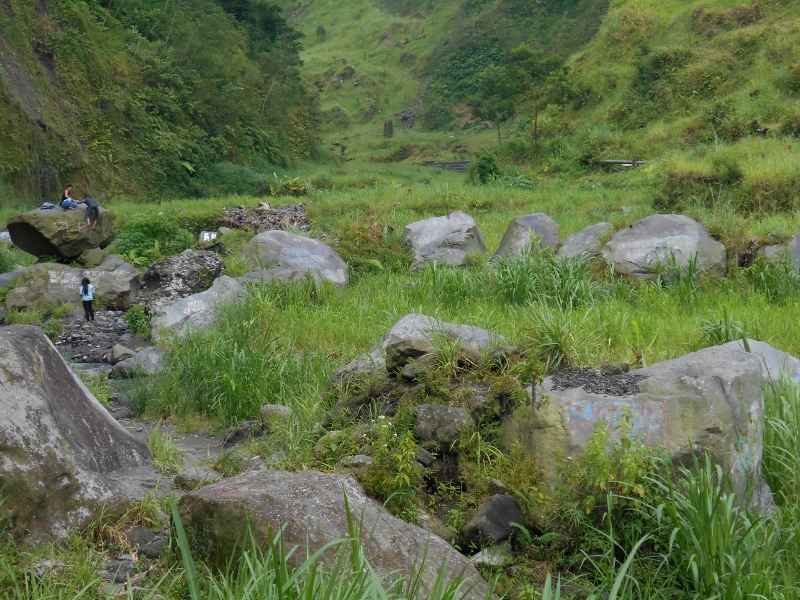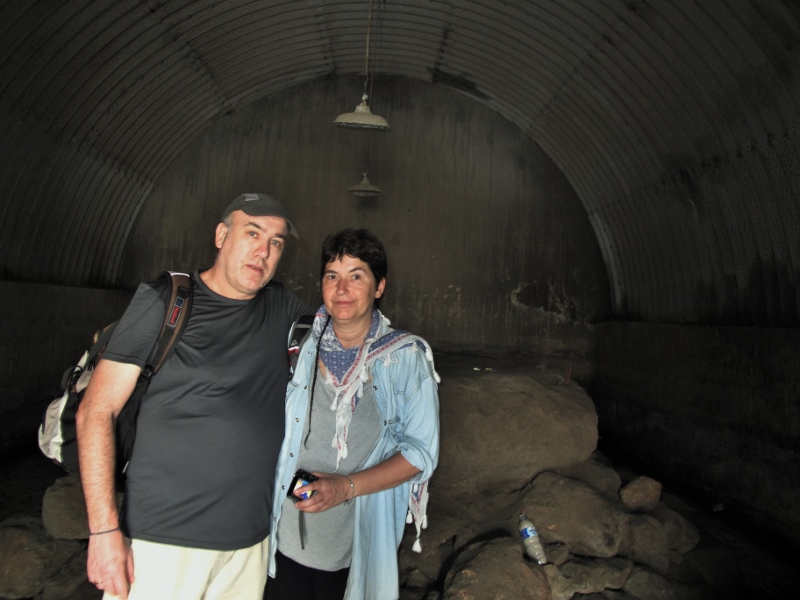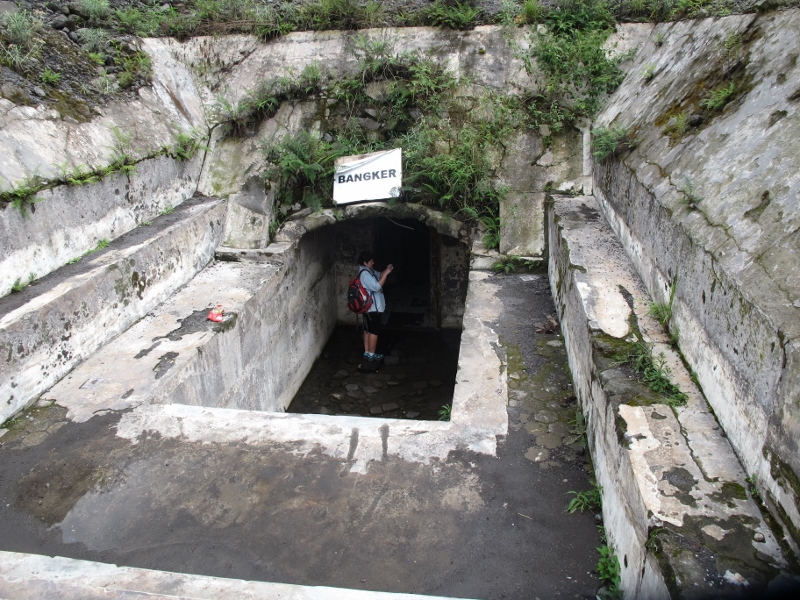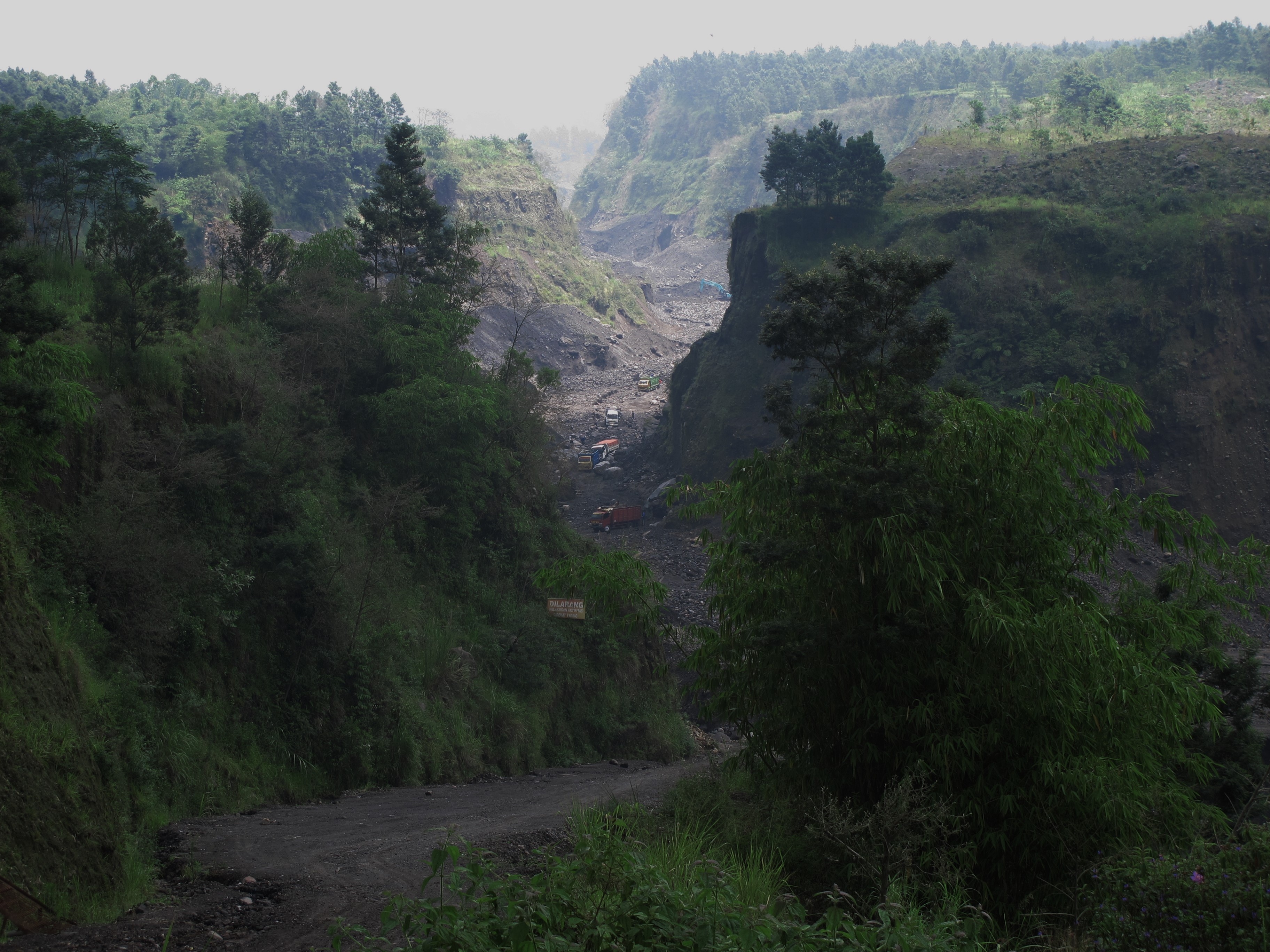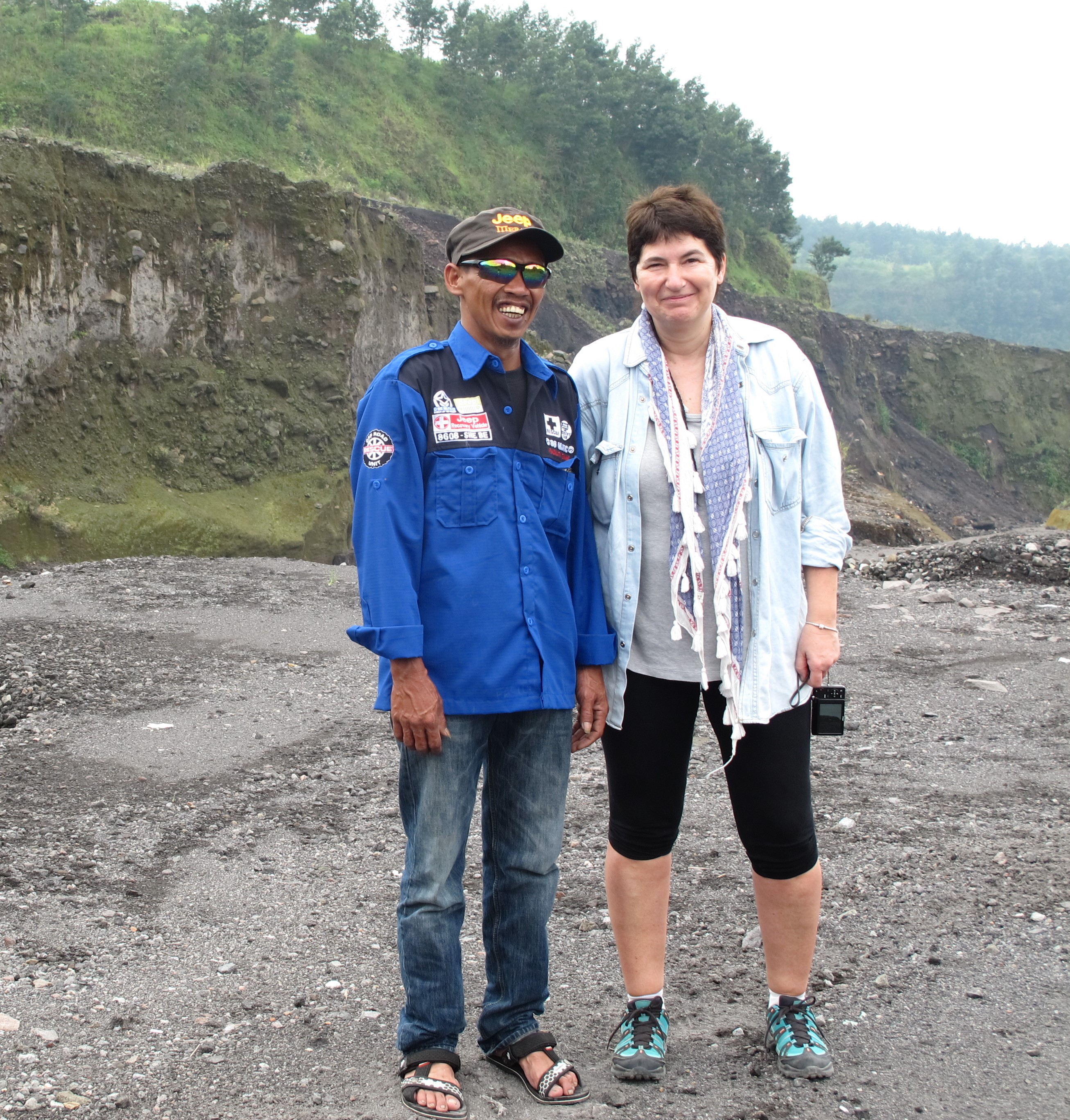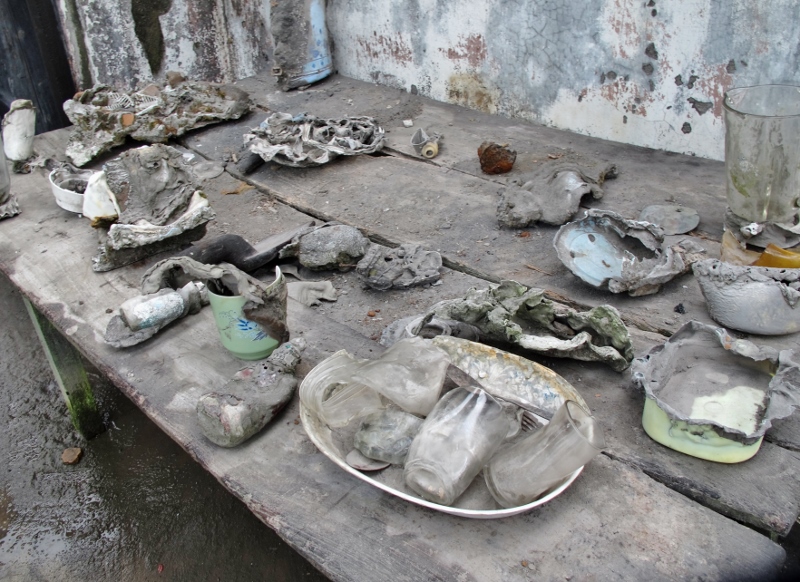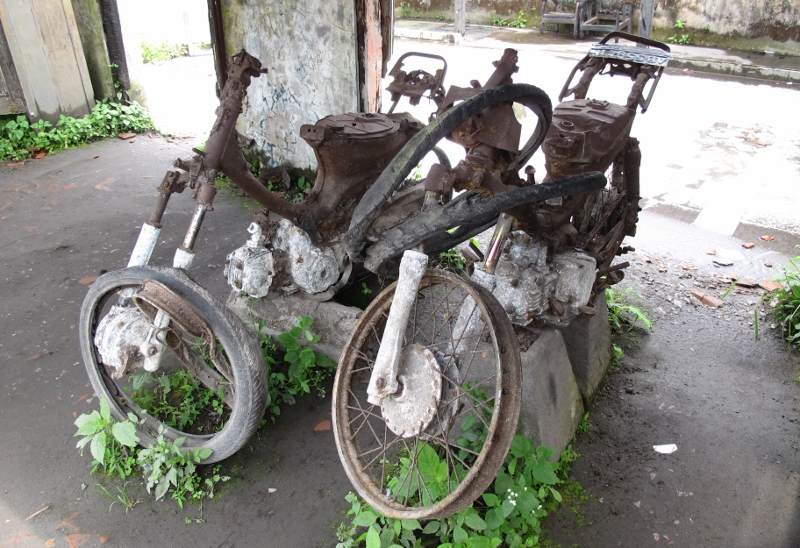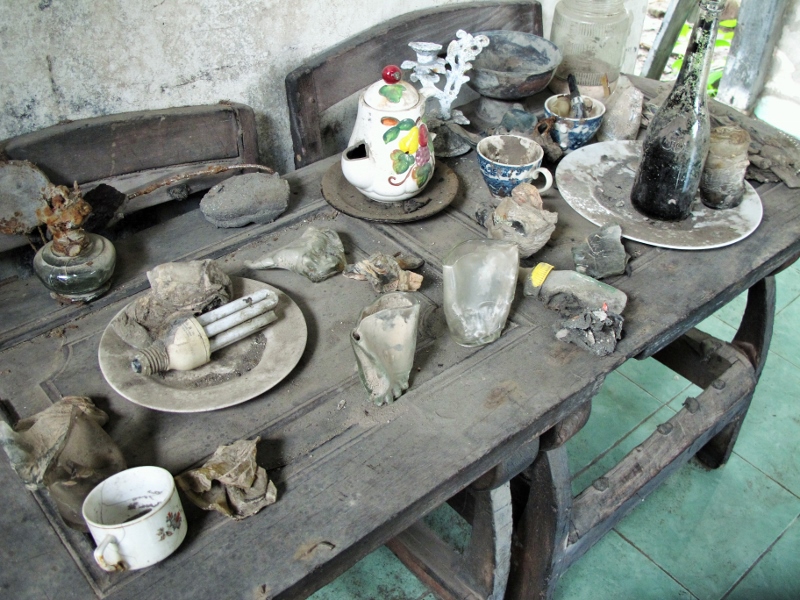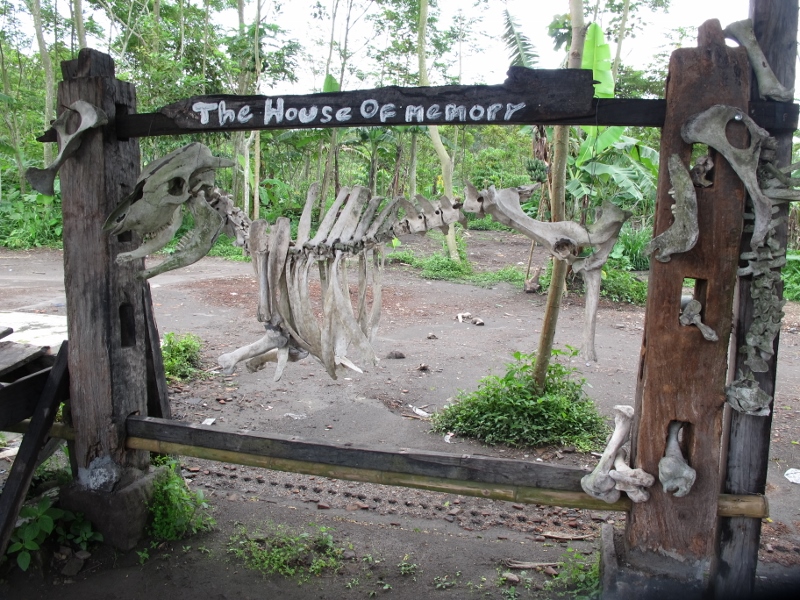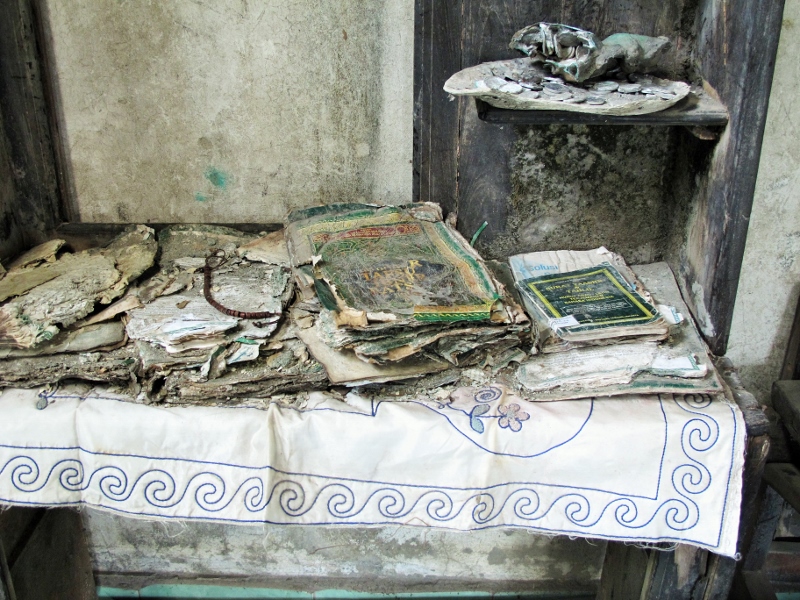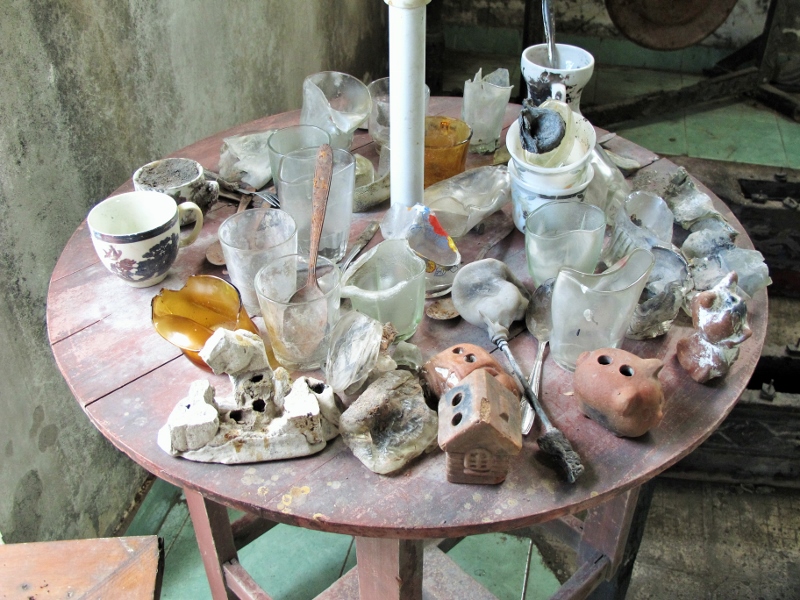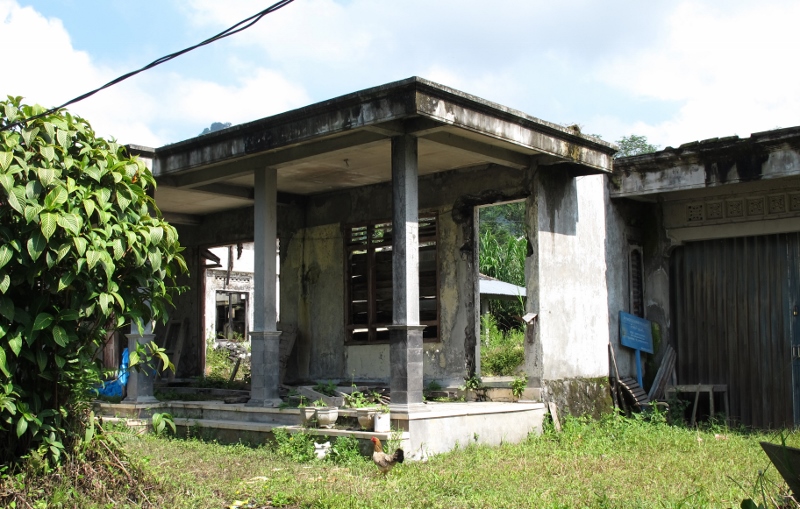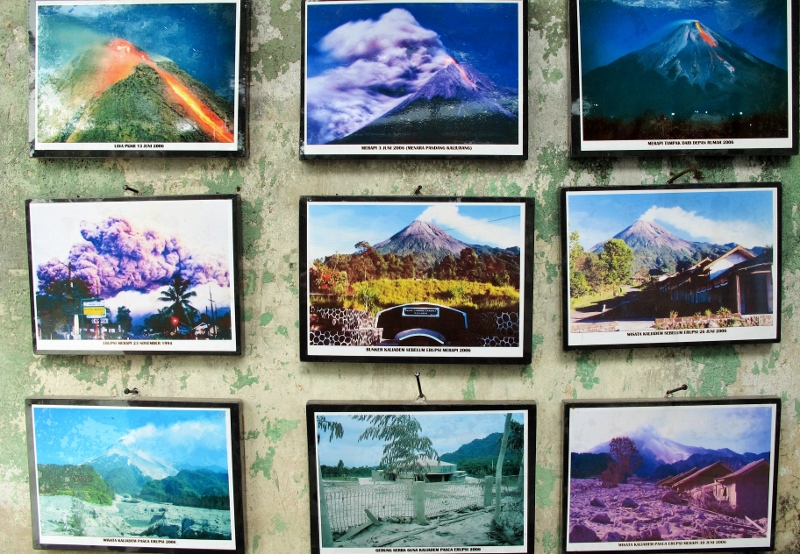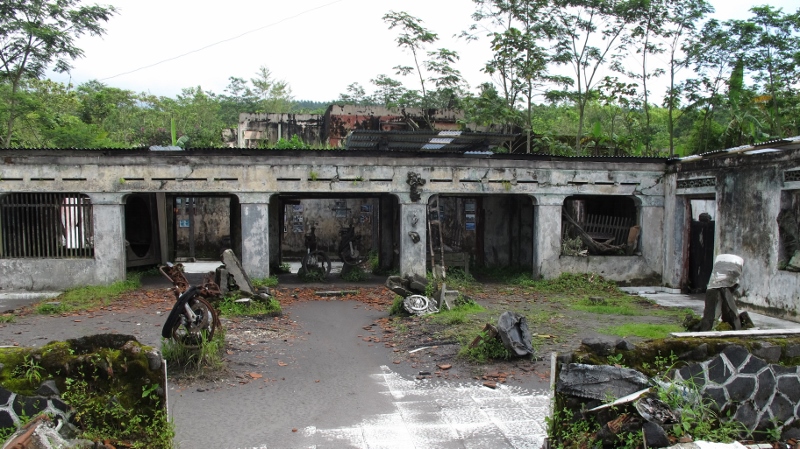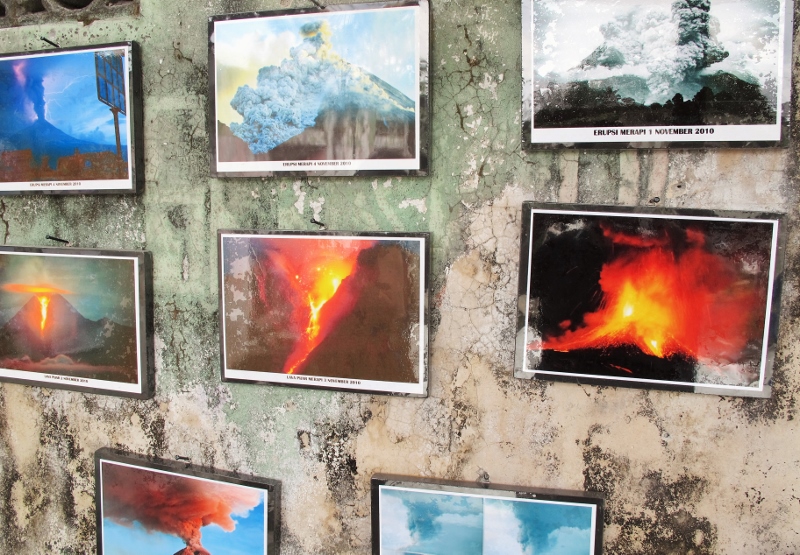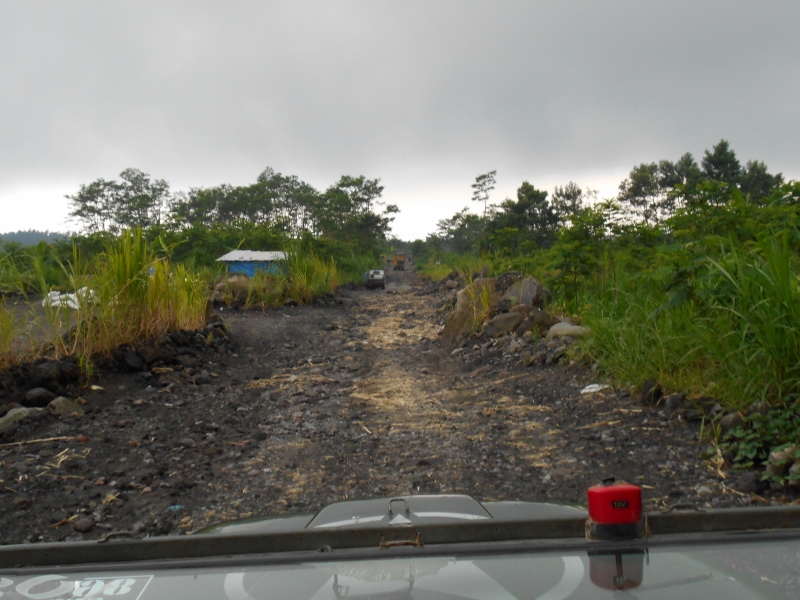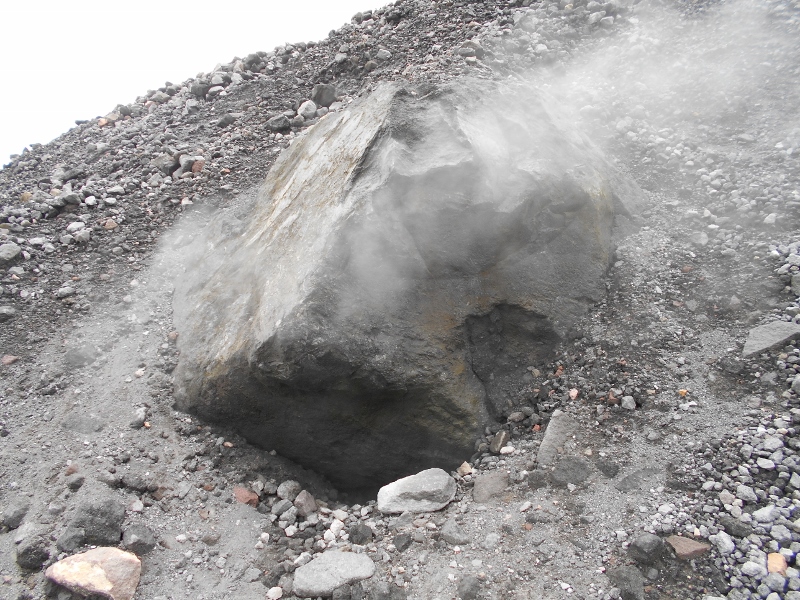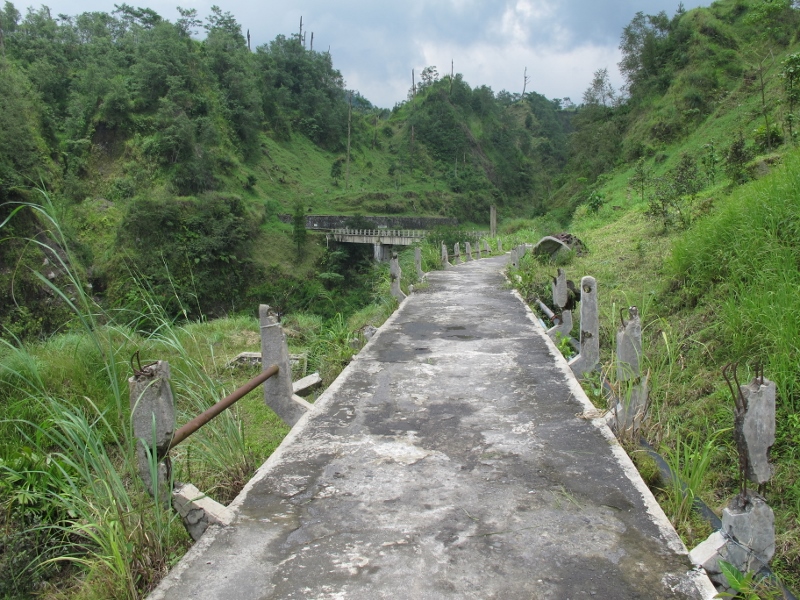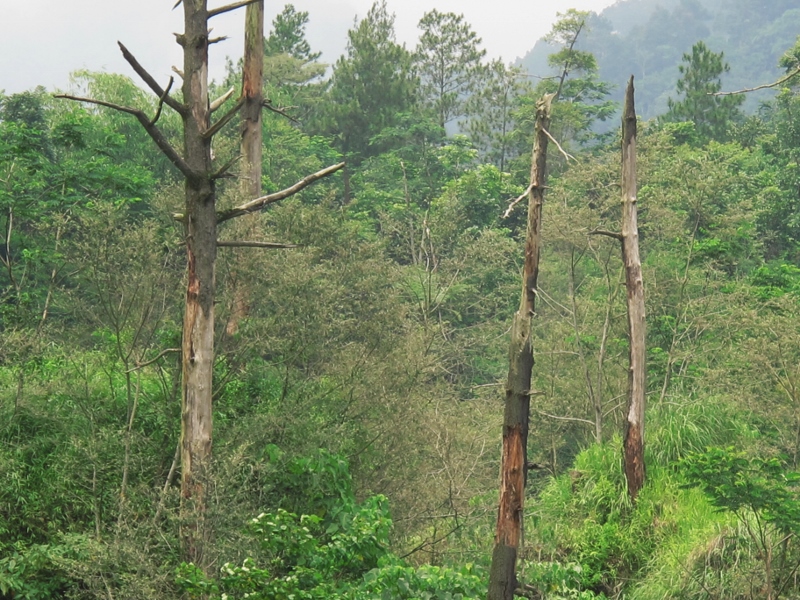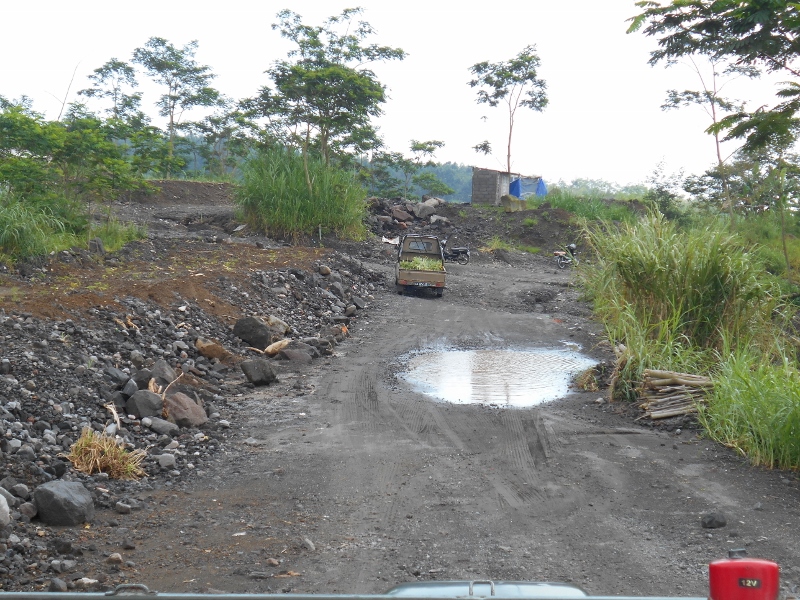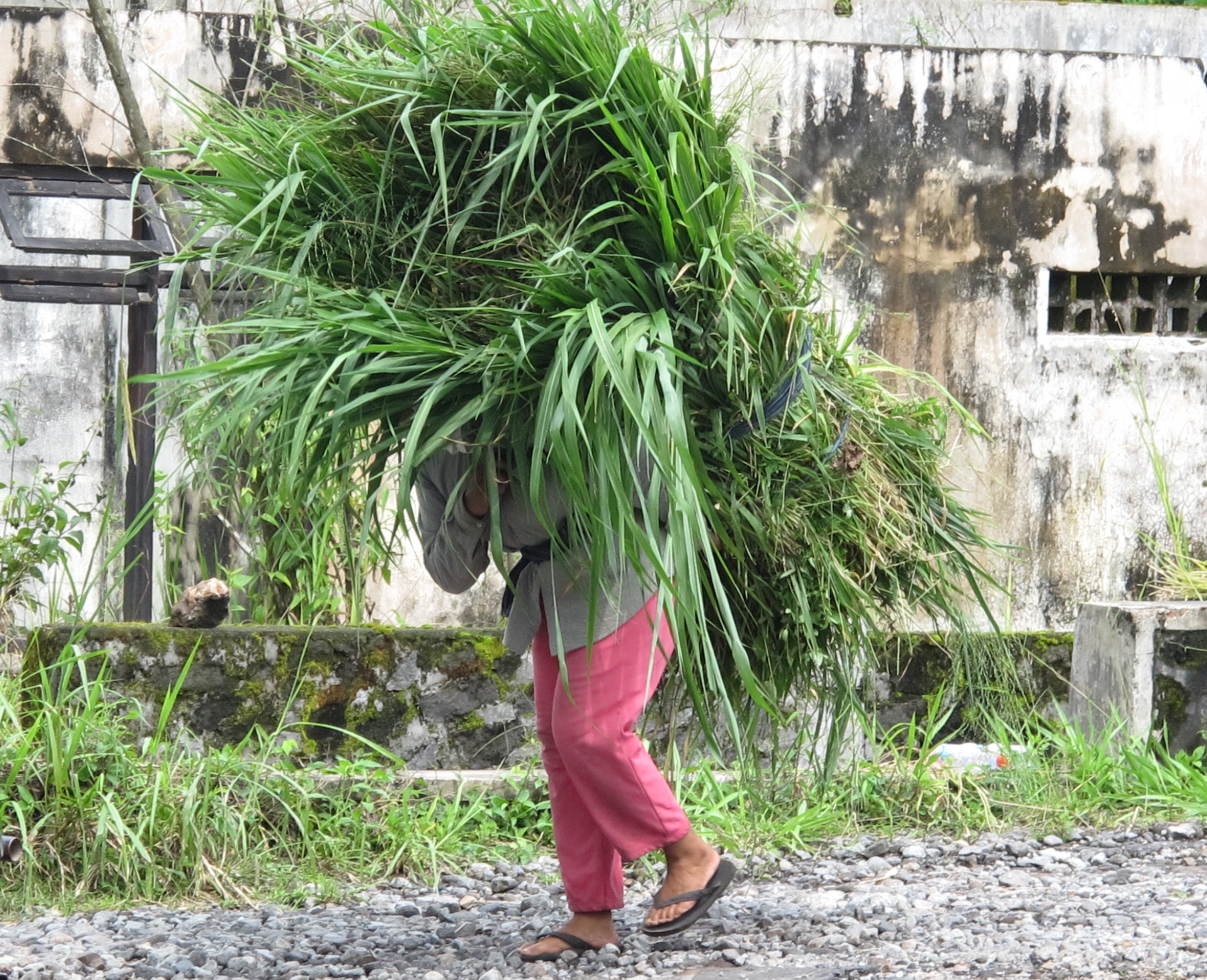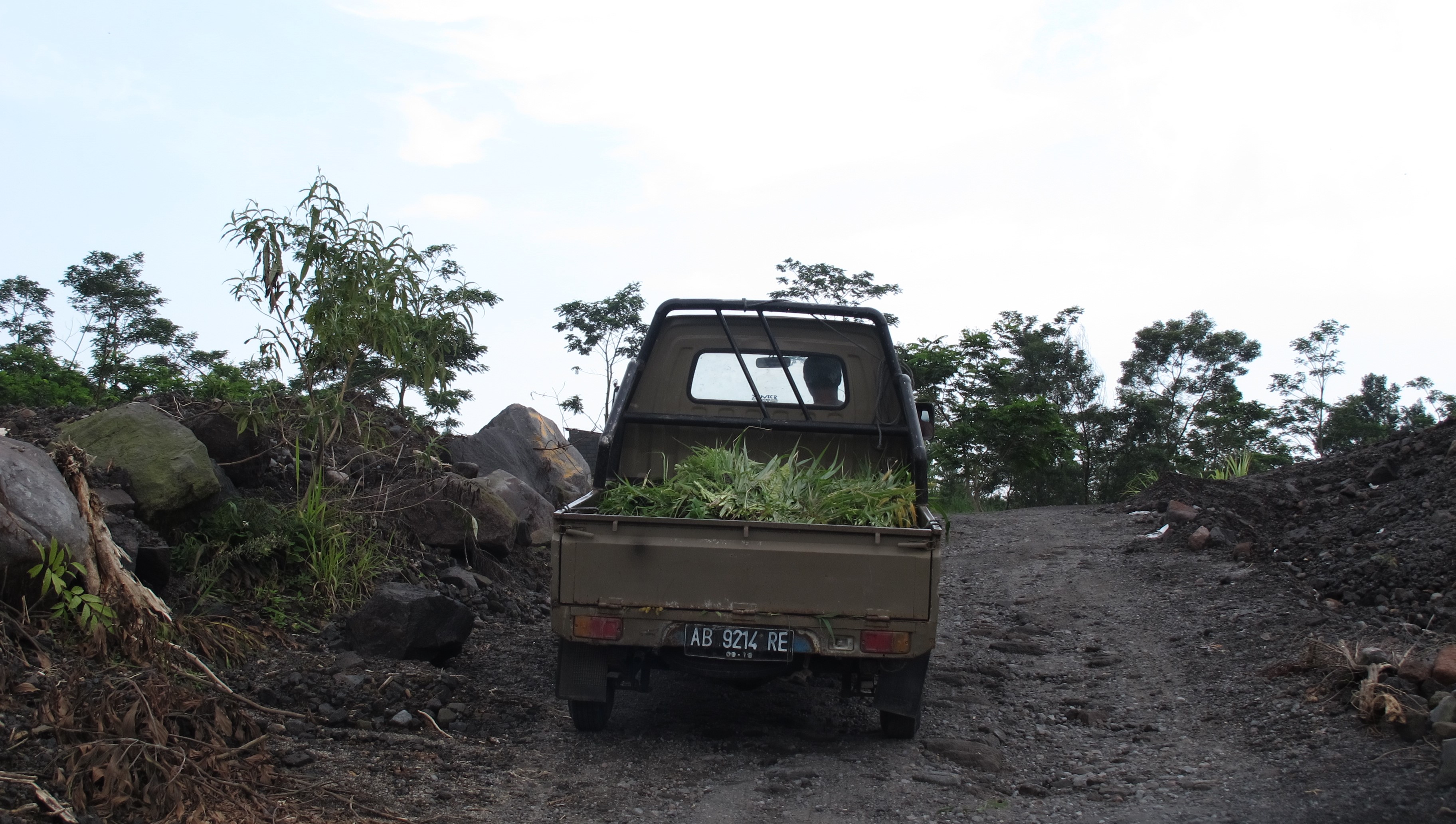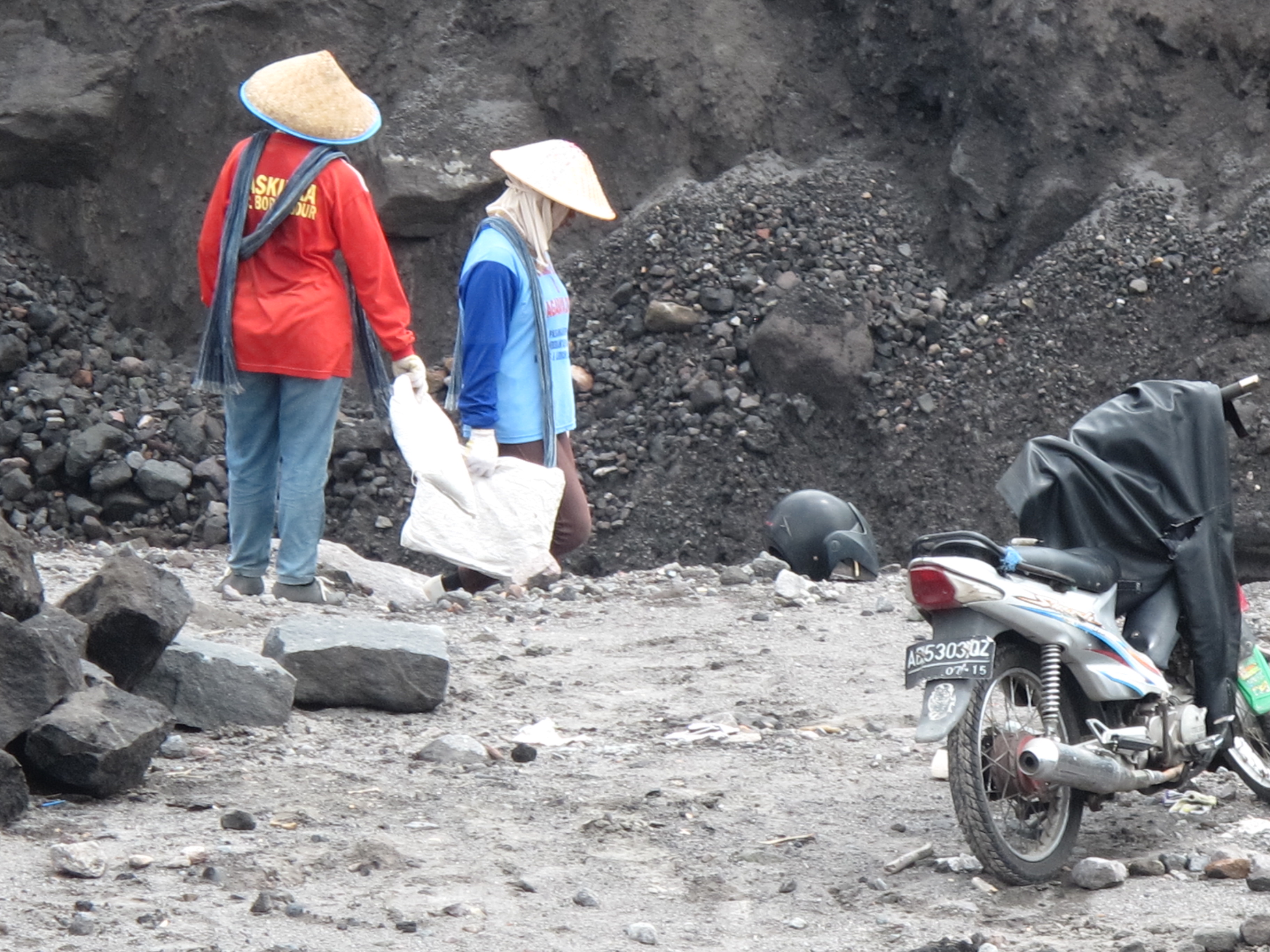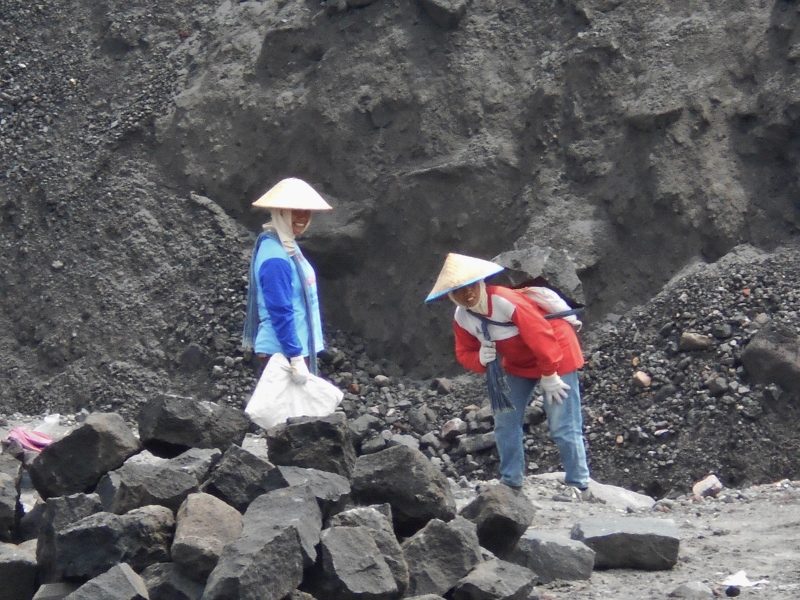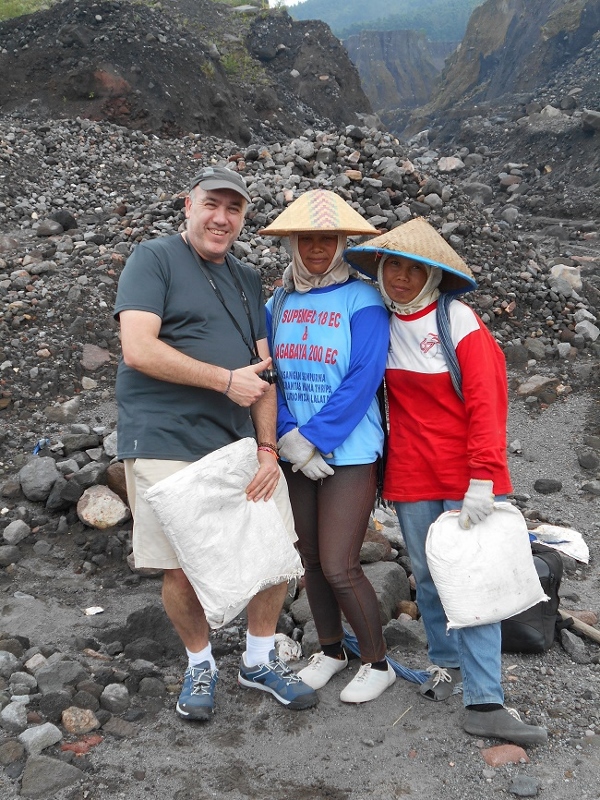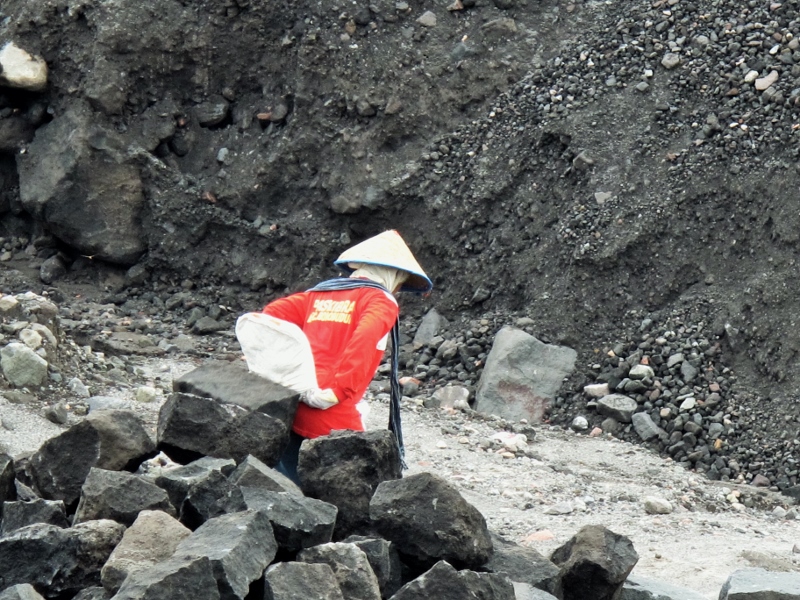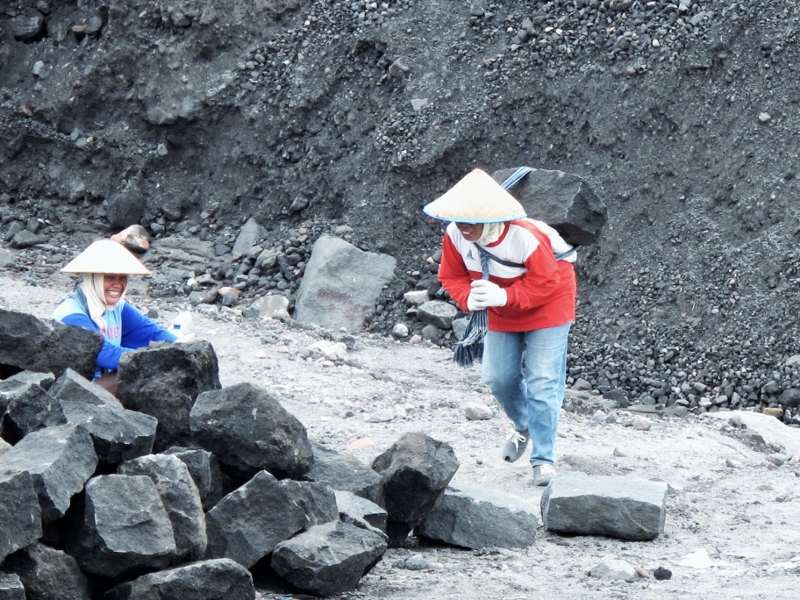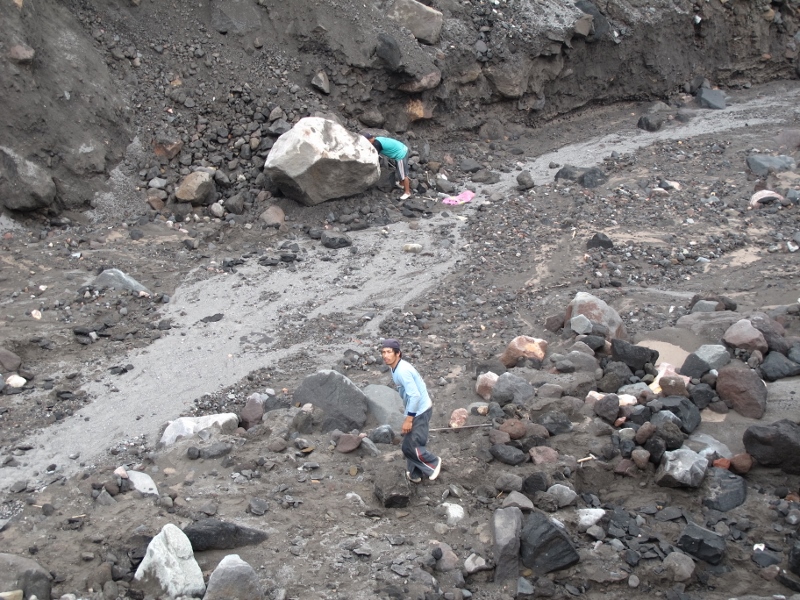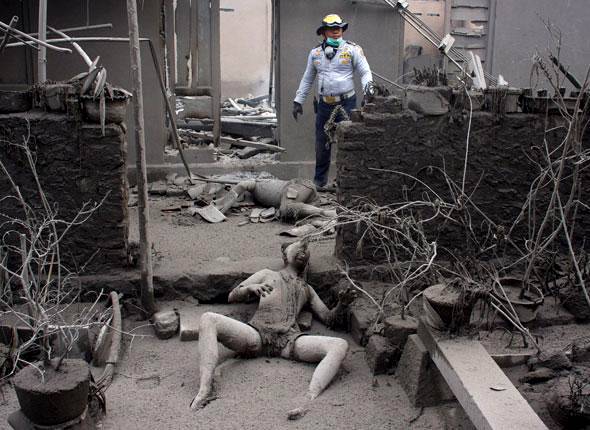
Gunung Merapi or Merapi volcano which means “mountain of fire” is located at the centre of the Java Island in Indonesia and it’s one of the most dangerous of the country.
On February 2015 in our trip to western Indonesia we had the opportunity of visiting it and learn just there what the power of a volcano can do. This is, certainly, a very dangerous volcano and in each one of its known eruptions (from the XVI century) have caused death and general destruction because the lava streams, ash clouds, earthquakes and fire clouds are very destructives. Despite this handicap thousands of people keep living in its slopes and resisting the idea of moving to another place in the country.
Up to now some volcanologist has been able to predict an eruption of a volcano, but nowadays the scientists have some seismological stations and they control the activity with other technological items which help them to advice to evacuate with enough time, but when an explosive eruption occurs a few things can do for the ones who are living or working in the area. It is calculated that every 10-15 years a big eruption occurs, the most devastating was in 1930 and more than 30 little villages were destroyed and about 140.000 people died.
Les últimes dues erupcions més importants han tingut lloc els anys 2006 i 2010. La del 2006 va provocar l’evacuació de més de 17.000 persones de la zona. La del 2010 va provocar entre altres efectes un terratrèmol de 7.7 a l’escala de Ritcher. L’erupció per sí mateixa va produir més de 150 morts directament degut a un núvol de foc amb temperatures superiors a 400º C que va arribar a més de 10 kms del cim.
From the devastation of this latest eruption remain distinct signs that we could visit onsite during our trip, it really makes you think about how people in the region still lives there and in what conditions they do it, several people were dead, farmland devastated, burned forests ….
The reconstruction of the villages and houses have not yet completed and from then to now a new source of income for the people who live there has been created a fledgling tourist infrastructure in the area that allows travelers to know the site of the disaster and for the residents they can improve revenue for the community.
We went to a village called KALIADEM for a little tour in 4×4 jeep for about three hours we visit the entire area affected by this latest eruption and we saw how farmers and construction workers back to work hard to survive in an area so punished.
Near the starting point of the visit they showed us a sort of outdoor museum with various witnesses that the 27 October 2010 happened: skeletons of animals, bicycles and motorcycles burnt and rusty now, TV sets burned and deformed by heat, deformed walls of the home, rooms full of ashes and volcanic dust and even a collection of photographs made on the date when all happened. However, it is simply one of the houses burned and destroyed that day by the cloud of fire where they collected all material burned and destroyed by the eruption, it reminded us many scenes of Hiroshima after the outbreak of the atomic bomb. See the following images that illustrate
The visit followed by the volcano destroyed roads in which ones even with the 4×4 was difficult to drive, paths that led us intrasitables slowly until just a few kilometers from the summit.
The last stop before returning to the starting point was in the middle of the last lava flow, where there are still hot water vapors escpaing and which stand out gorges of more than 100 meters deep created by erosion effect of water passing through a small creek or stream.
Definitely see “in situ” what the force of a volcano can do once again demonstrates the smallness of the human being against the power of nature. But the inhabitants of those small towns have no fear and defy the power of the volcano daily doing their daily routines and ignore what lies beneath their feet. As such I leave you some pictures of two women carrying more than 25 kgs rocks back, a little more than 5 kilometers from the top and over 2000 meters altitude. The transport back from the bed of the stream to save a drop of more than 20 meters high, this type of rock used for the construction of houses.
0




